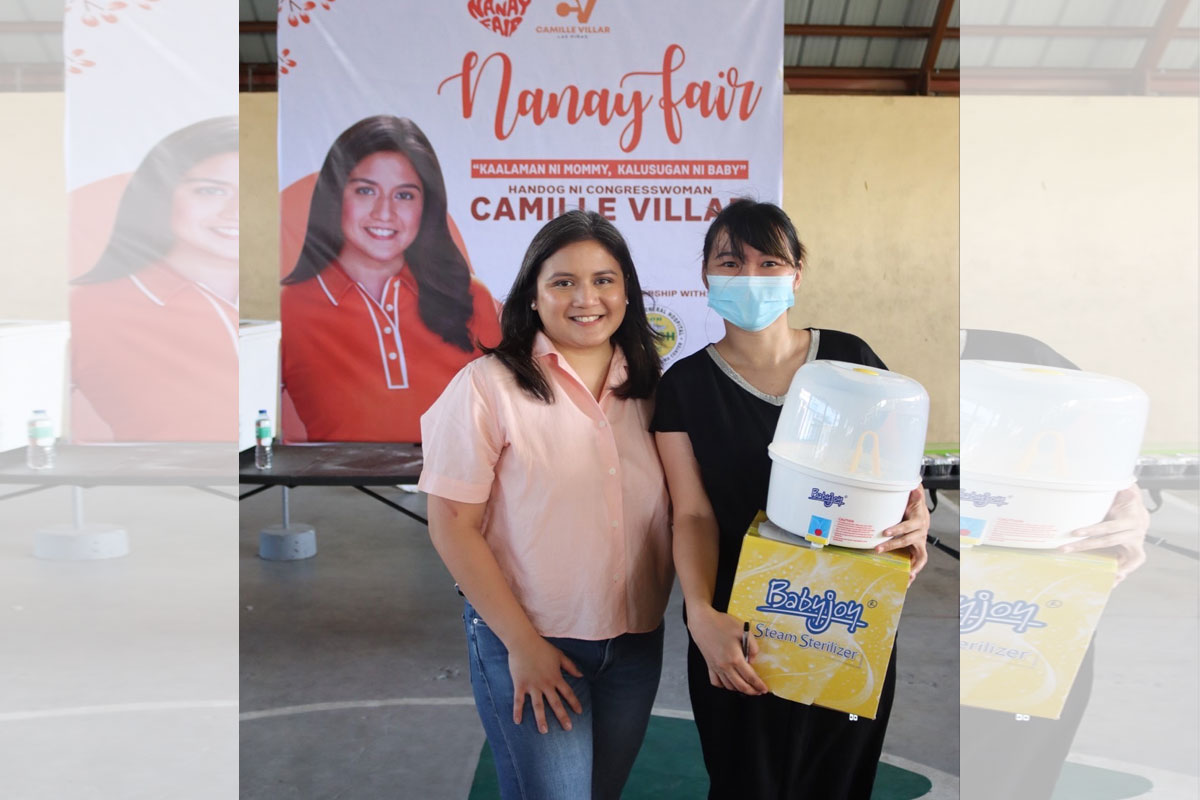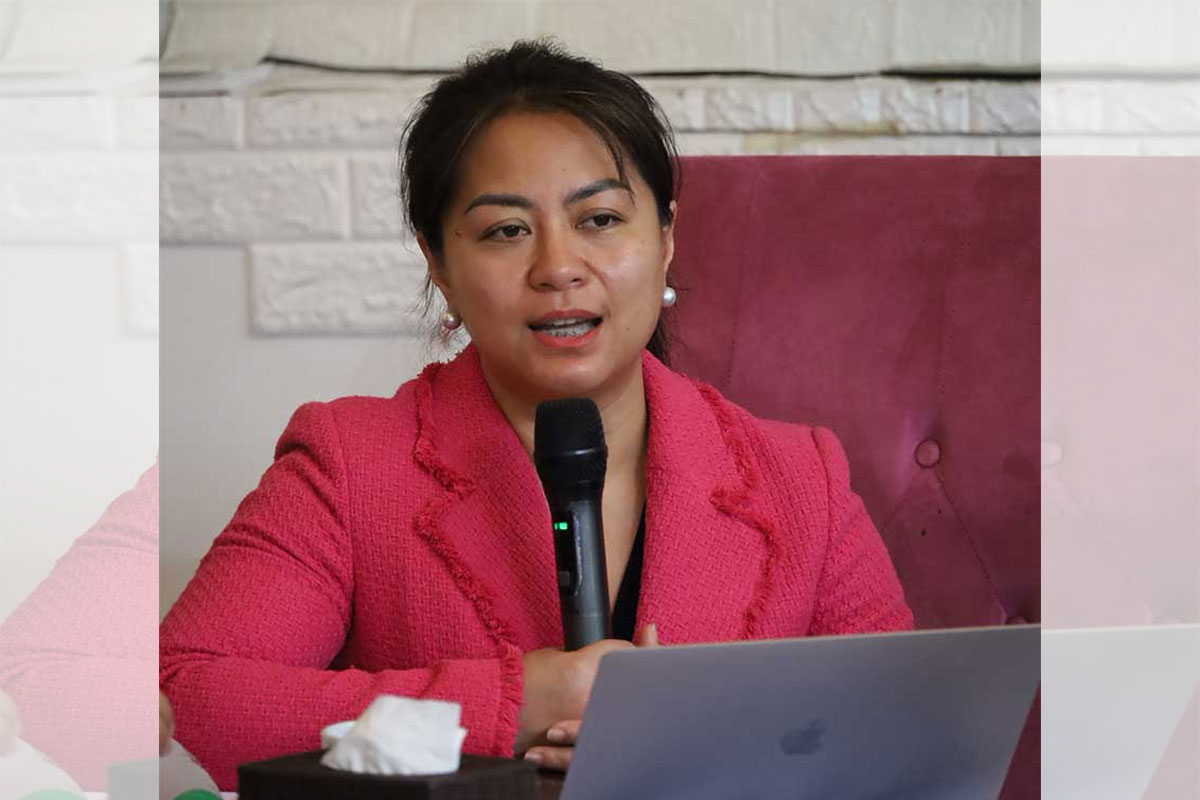
Dar: Pork supply stable amid ASF
THE pork supply in the country is enough even if there are still active cases of African Swine Fever (ASF) in 17 municipalities in six regions.
Agriculture Secretary William Dar made this assurance as they are strengthening their efforts to enhance local production and augment it through the support from other countries.
As of Jan. 13, 2022, active cases of ASF are reported in 45 barangays in 17 municipalities in Regions 2, 4A, 4B, 8, 11, and Caraga.
Dar, however, expressed optimism that the hog industry will gain momentum this year, and recover from its losses due to the havoc caused by the ASF since 2019.
Based on the monitoring activities of the local government units (LGUs), validated by the DA- Regional Field Offices (RFOs), 553 cities and municipalities have been reported to be ASF-free for three months, 88 cities/municipalities with no reported cases for 3-6 months, and 435 cities/municipalities for six months. A total of 36 municipalities have also been released from quarantine.
Dar disclosed that this year, the DA will continue to implement twin programs “Bantay ASF sa Barangay” (BaBay ASF) program and Integrated National Swine Production Initiatives for Recovery and Expansion (INSPIRE) under the Bureau of Animal Industry (BAI) and the National Livestock Program (NLP) respectively, to bring the multi-million peso industry back on its feet.
According to BAI Director Reildrin Morales, more areas, particularly in Benguet and Batangas, have upgraded their zoning status with the direction of the BaBay ASF.
Morales added, that once out of the red zone status, the areas can now start with the repopulation to increase and stabilize production.
As of this month, about 13,870 sentinel pigs have been distributed in areas that have zero cases.
The Philippine Statistics Authority noted an increase in hog inventory from 9.1 million to 9.8 million, in one year.
Morales said that this is primarily due to the initiatives and efforts of the private sector, swine raisers’ groups, and professional veterinary associations, that continue to battle the threat of ASF with the government.
“These efforts, implemented in partnership with LGUs, have been instrumental in keeping the industry alive,” he said, stressing that the role of the local government, particularly at the barangay level, is very crucial in the success of the rehab and repopulation programs.
With the increase in hog population, pork supply has slowly stabilized, as production from local raisers across the country is augmented by frozen items sourced from other countries.






















